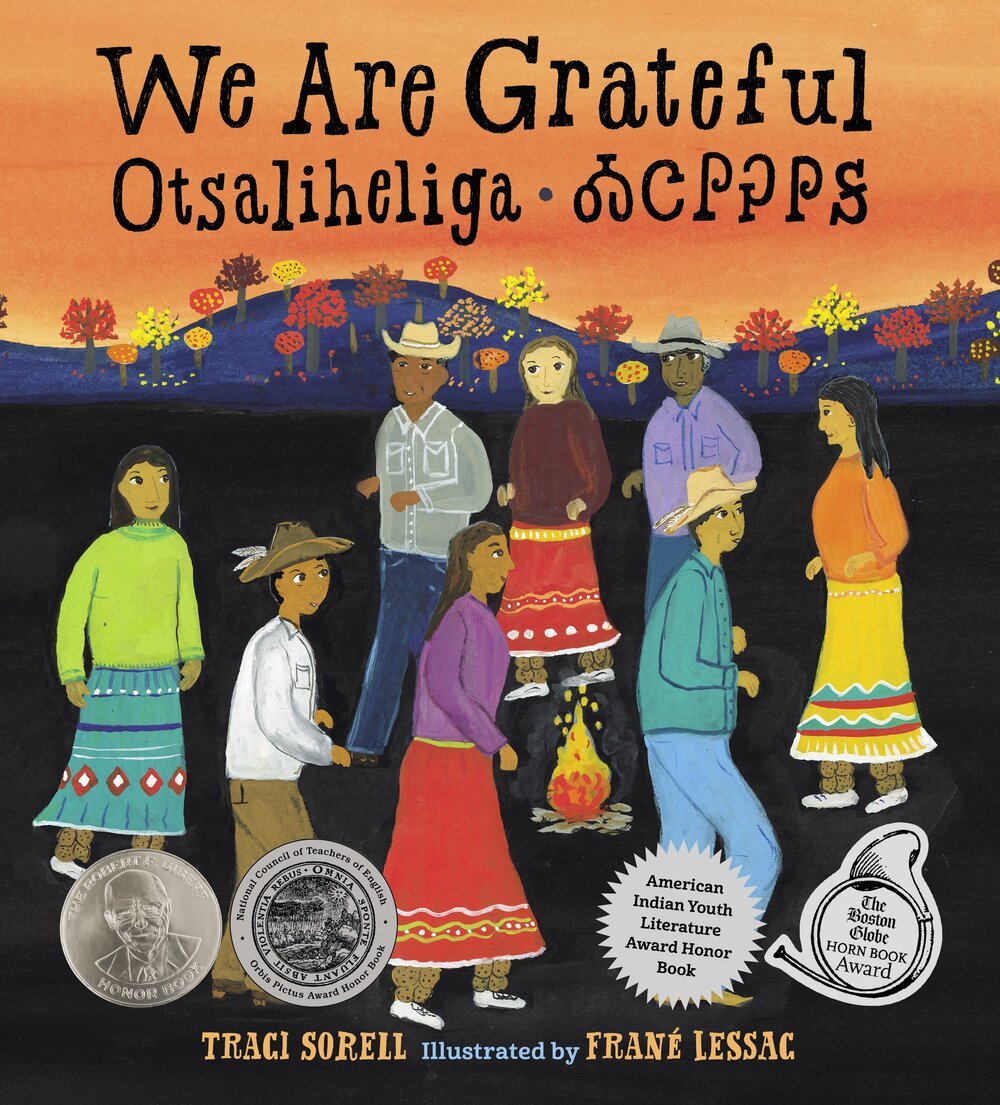As COVID-19 deaths spiked in 2020, Suzanne Firstenberg’s public art installation "In America: How could this happen…"
History Explorer Results (1131)
Related Books (350)

Grade Range:
K-12
Resource Type(s):
Artifacts, Primary Sources
Date Posted:
2/2/2012
Thomas Edison used this carbon-filament bulb in the first public demonstration of his most famous invention, the first practical electric incandescent lamp, which took place at his Menlo Park, New Jersey, laboratory on New Year's Eve, 1879.
As the quintessential American inventor-hero,

Grade Range:
K-12
Resource Type(s):
Reviewed Websites
Date Posted:
6/11/2008
A division of the 100th/442nd/MIS WWII Memorial Foundation.
Incorporated in 1989, the 100th/442nd/MIS WWII Memorial Foundation was established by Japanese American World War II veterans to build the Go For Broke Monument as an eternal tribute to the heroics of the segregated Japanese Am

Grade Range:
K-12
Resource Type(s):
Reviewed Websites
Date Posted:
6/11/2008
The mission of the Japanese American National Museum is to make known the Japanese American experience as an integral part of our nation's heritage in order to improve understanding and appreciation for America's ethnic and cultural diversity.

Grade Range:
K-12
Resource Type(s):
Reviewed Websites
Date Posted:
6/11/2008
The mission of the Hirasaki National Resource Center at the Japanese American National Museum is to provide access to the Museum's diverse collections related to Japanese Americans. The National Resource Center develops a collection of secondary materials that document the Japanese American exper

Grade Range:
K-12
Resource Type(s):
Artifacts, Primary Sources
Date Posted:
3/10/2009
Samuel F. B. Morse (1791-1872), an artist and inventor of the telegraph, was in Paris in 1839 sharing the scientific and celebrity stage with Daguerre. The two inventors shared notes on their inventions and Morse returned to the US with a camera, perhaps the first camera in the United States...

Grade Range:
K-12
Resource Type(s):
Artifacts, Primary Sources
Date Posted:
11/14/2008
This circular slide rule describes the effects of a nuclear explosion on people. After World War II, scientists at the Los Alamos Scientific Laboratory prepared a report on forms of damage associated with the explosion of atomic bombs. These included physical damage, fire and heat, and nuclear ra

Grade Range:
K-12
Resource Type(s):
Reference Materials
Date Posted:
9/22/2009
Students and teachers can deepen their understanding of the challenge of climate change through this archived online conference. An excellent professional development resource, the homepage for the online conference provides the conference schedule and speakers, as well as gen

Grade Range:
K-12
Resource Type(s):
Artifacts, Primary Sources
Date Posted:
7/31/2008
During the American Civil War, General Benjamin Butler so appreciated the heroic actions of African American soldiers under his command at the 1864 battles of Fort Harrison and Fort Gilmer that he commissioned a special medal for them. Designed by Anthony C. Paquet and realized in silver by Tiffa

Grade Range:
K-12
Resource Type(s):
Artifacts
Date Posted:
3/28/2016
Before 1954, so-called portable radio receivers used vacuum tubes to receive and amplify signals. The large batteries needed to power most tubes made radios large and heavy. Receivers built with subminiature tubes existed but were expensive. The invention of transistors in 1947 allowed engineers

Grade Range:
K-12
Resource Type(s):
Reference Materials, Primary Sources, Interactives & Media
Date Posted:
3/23/2018
Giving in America is a permanent exhibit that looks at the historical role of philanthropy in shaping the United States. The exhibit showcases four major themes of American philanthropy centered on the questions of “Who Gives?” “Why Do We Give?” “What Do We Give?” and �



















